
7 Games That Transformed Chess
What, other than hopeless addiction, really keeps me coming back to chess? It's the battle for truth. At a high level, each grandmaster has their "truth" about the game, and a game between two strong players is often not really about ability (calculating power, talent, etc.). Instead, and strange to say, it is about philosophy. It is about two different conceptions of the game, each executed with exactitude but leading to divergent results.
This is what Emanuel Lasker meant when he wrote the greatest chess line ever: "On the chessboard, lies and hypocrisy do not survive long."
On the chessboard, lies and hypocrisy do not survive long.
— Emanuel Lasker
And even more than that, what keeps me coming back to chess is the idea that chess can evolve. Whole generations can play according to certain precepts about the game until some genius comes along and discovers a completely different way of playing: a deeper truth of chess.
This has happened only a few times in chess history but it does happen. And that to me is a perfect metaphor of what culture is (as so nicely encapsulated in chess): time-honored grooves, variations on "known truths." And then, out of nowhere, a flash of insight and a complete paradigm shift.
So here are seven paradigm shifts—games that "proved" that the chess world didn't understand chess.
- Steinitz Wins In The Classical Style
- Reti Wins In The Hypermodern Style
- Boleslavsky Wins In The Soviet Style
- Tal Wins In The New Romantic Style
- Andersson Wins In The Hedgehog Style
- Kasparov Wins In The Kasparov Style
- AlphaZero Wins In The Neural Network Style
- Conclusion
Steinitz Wins In The Classical Style
Chess for most of the 19th century was played in the Romantic style. The belief was that a game of chess should be decided through combinations and calculating power, which often meant that one side would offer an outrageous gambit in order to attack the king. The other side would be honor-bound to accept it, and the game would play out with a king hunt across the board.

The Austrian player Wilhelm Steinitz began his career as a Romantic, but gradually developed a different approach: the grind. He employed a "scientific" way of playing, in which one side developed small subtle positional advantages and gradually built up an advantage with a proper game won in the ending. Here is one of Steinitz's defining wins, which helped launch the classical style.
Reti Wins In The Hypermodern Style
Classical chess prevailed from Steinitz's day essentially to our own. Steinitz's play is how most club players still play: patiently, gradually gaining space, never launching an attack unless it's justified. However, starting around 1907, a revolution swept the chess world. This was hypermodernism, which was often called "cubism in chess."
For a long time, classical chess seemed to be holding its own against hypermodernism. Jose Capablanca, the paragon of classical chess, went eight years (!) without a loss, a demonstration that it was possible to play near-perfect chess just with solid positional play and exact calculation.
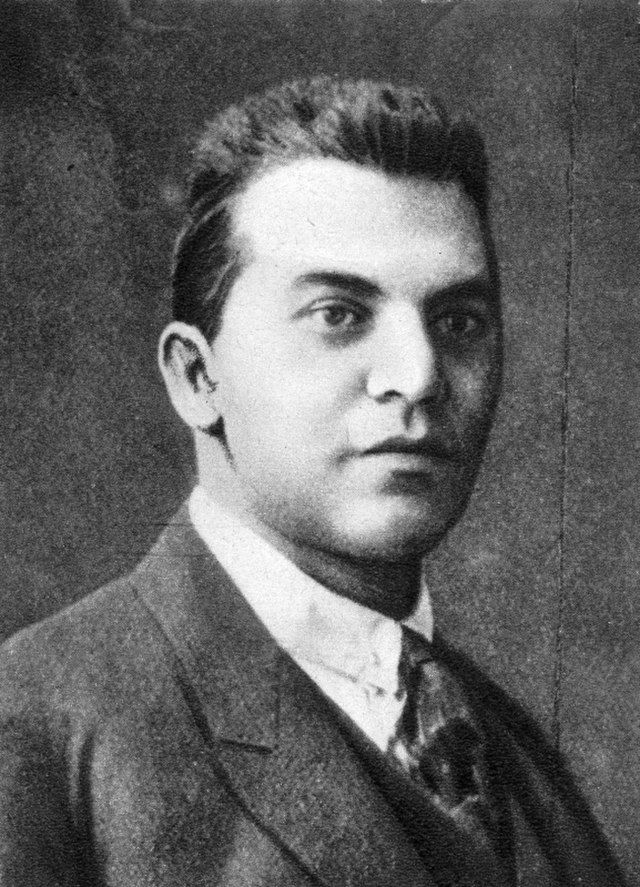
But that streak came to an end in 1924 when the Czech grandmaster Richard Reti beat Capablanca in outrageous hypermodern style. Reti refrained from occupying the center with pawns in the opening, conceding space to his opponent, keeping his pieces back until deep in the middlegame. As a result, he won a strategic masterpiece over Capablanca, without it at all being clear where Capablanca had made a mistake!
Boleslavsky Wins In The Soviet Style
The first wave of hypermodernism really did seem like some kind of avant-garde joke. Players like Reti conceded huge centers and spatial advantages to their opponents, patiently maneuvered their own pieces, and then played a kind of puttering, strategic game to chip away at the opponent's center.
But, in the 1940s, a group of Soviet grandmasters developed a new way of playing. I think of it as "dynamic hypermodernism," a way of storing potential energy within the position, harmonizing the pieces deep within their own ranks, and then uncoiling with staggering power. The players associated with this school tended to be Ukrainian and based out of Kiev, notably the hero of the next game, GM Isaac Boleslavsky.
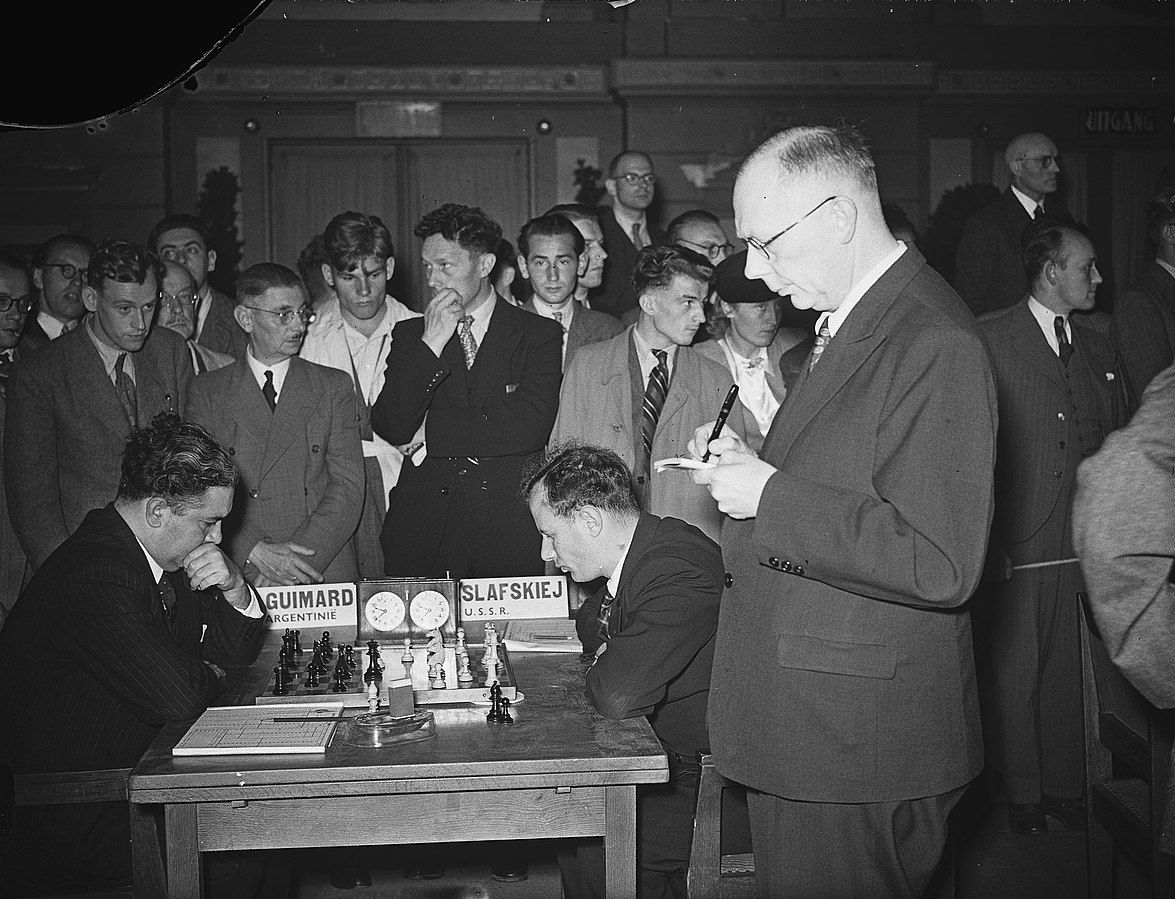
As GM Mihai Suba later put it: "Classicism regarded expansion as a continuous, slow-but-sure process. Dynamic potential is more like atomic energy." The key ideas were to concede not only space, as in the older hypermodernism, but certain static weaknesses—for instance, the d6-pawn in the King's Indian—in exchange for dynamic possibilities. When this approach was unveiled right after World War II, it rocked the chess world and, among other reasons, tipped the balance of power to the Soviet bloc.
Tal Wins In The New Romantic Style
Ever since Steinitz, an overemphasis on combinative play had been looked at frowningly and the few remaining Romantic players seen as atavisms. But in the early 1950s, players like GM David Bronstein (a disciple of Boleslavsky) started to make the case that the Romantics had discovered a deep truth about chess and had actually been right all along. "To return to the Romantic style is the dream of all players, grandmasters included," Bronstein wrote.
And then, in the late 1950s, Bronstein's intuition started to prove itself. The 20-year-old GM Mikhail Tal won the Soviet championship in 1957 playing wild, combinative chess.
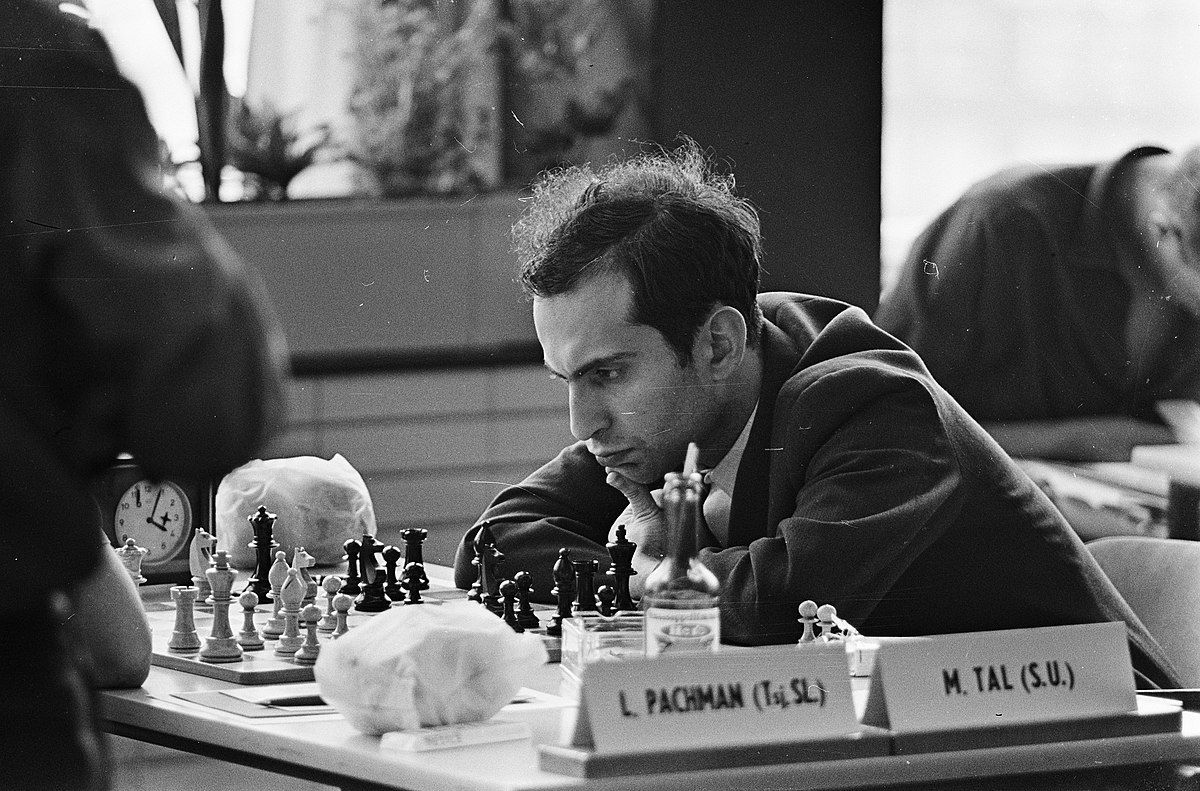
To the Soviet elite, it was as if some park hustler had shown up and defeated a tournament full of grandmasters. Then Tal won the Soviet championship again, then the Interzonal, the Candidates Tournament, and the World Championship. At this point, it was indisputable that he was on to something.
Tal perceived that the attacking side had resources that the classicists had missed. As GM Yasser Seirawan noted, very often Tal's attacks were actually risk-free—he could bail out into perpetual check if he had to—but he gave his opponents very difficult decisions. If they went wrong, they would be mated immediately, but even if they went right, the attack could often roll over into a favorable endgame.
Andersson Wins In The Hedgehog Style
The Tal Revolution generated a wave of attacking chess in the 1960s. But for every action there is a reaction, and as attack improves so does defense. GM Viktor Korchnoi, for instance, reached the very top of the chess world by taking risks in a different direction, by giving his opponent the illusion of an apparently overwhelming attack until his defensive resources sprang to life like a mousetrap.
In particular, Korchnoi was like kryptonite against Tal, with a hard-to-believe lifetime score of thirteen wins against just four losses. You can almost hear Korchnoi cackling when he said: "I like to coax my opponent into attacking, to let them taste the joy of the initiative, so that they may get carried away, become careless, and sacrifice material."
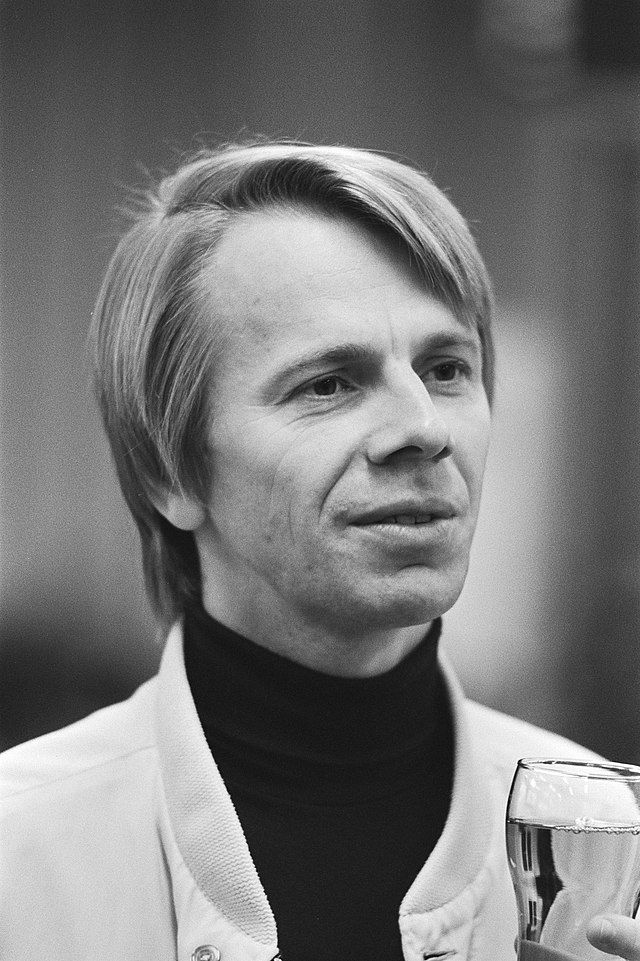
In the 1970s new defensive techniques emerged, above all the Hedgehog Variation—a formation that seems to invite an attack but then proves, as per its name, as prickly as the bristles of a hedgehog.
Kasparov Wins In The Kasparov Style
The '70s revolution seemed to demonstrate that the classicists may have been right after all. But as an up-and-coming player, GM Garry Kasparov had developed his own chess beliefs, which went back to Tal's but expanded upon them.
It's well worth watching Kasparov's video analysis of this game against the classicist GM Lajos Portisch, which I think may be the single best description I've ever come across of how a top-level player really thinks. After Portisch's 20th move, Kasparov didn't see a clear continuation but felt that there had to be something. He tried several different ideas, but they all seemed to contradict each other. Then when he saw the staggering-looking move 21.Bxg7!!, he knew that that was it.
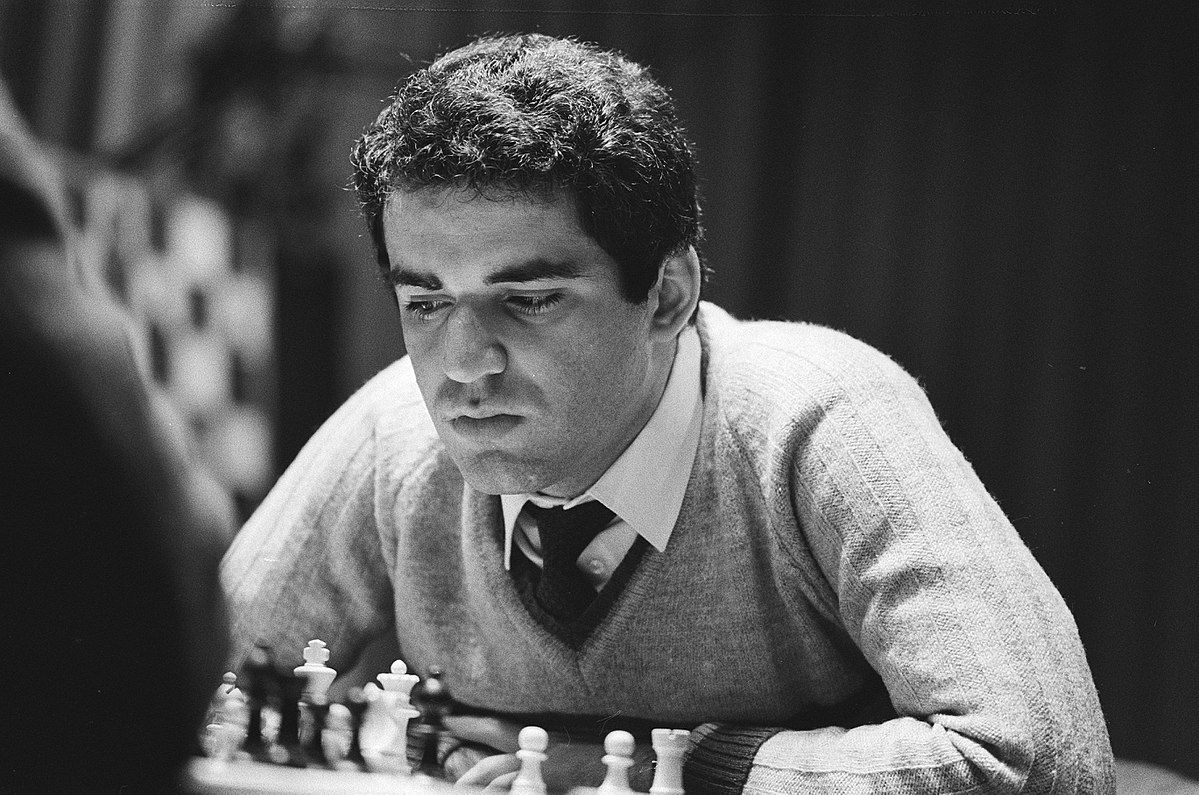
Kasparov in his analysis recalls the bewildered way that Portisch "just looked at the move like 'How come?'" According to Kasparov's chess beliefs, however, the move wasn't even particularly controversial. Without seeing all the way to a winning position, he knew that he had plenty of compensation for the piece and that the attack could last a long time.
It wasn't so much that he could "feel his way through combinations" as Tal could. Kasparov tended to reduce even these wild imbalanced positions into analytical, "scientific" terms and decided that, with Black's pieces so far removed on the queenside, this sort of vicious sacrificial attack on the kingside was supremely logical.
AlphaZero Wins In The Neural Network Style
The most recent turn of the wheel wasn't genius, but technology. Computers for a long time were materialistic and relied on brute-force calculation, playing like Capablanca probably more than any historical figure. But the neural network A.I. AlphaZero essentially relived all of chess history, playing millions of games with itself. The result is a bit like reading through a long complicated mathematical textbook with lots of different theories and hypotheses and then flipping to the back of the book and getting all the answers.
And the answers are … surprising. AlphaZero's style was deeply counterintuitive for a human and a bit closer to the Romantics or Tal than most chess players would probably have expected. "AlphaZero appeared to target the opponent's king directly from the opening moves and sacrificed material freely to achieve its goals," wrote GM Matthew Sadler and WIM Natasha Regan in their book on AlphaZero, Game Changer.
GM Peter Heine Nielsen, coach of world champions Viswanathan Anand and Magnus Carlsen, also expressed his views on the engine's games. "After reading the [AlphaZero] paper but especially seeing the games, I thought, 'well, I always wondered how it would be if a superior species landed on earth and showed us how they play chess. I feel now I know.'"
It was almost as if the entire classical tradition had been short-circuited. In this game, the king's maneuver to e3 is really striking, and all kinds of unharmonious-looking maneuvers and odd pawn structures turn out to have a deep underlying logic.
Conclusion
I hope you enjoyed the philosophical chess tour we took over these seven games that transformed chess and changed preconceived notions about the game. After looking back at these episodes in chess history, we now look forward with excitement and a sense of wonder, only imagining what the next chess revolution will be like.
What is your favorite game in this article? Is there a game that transformed chess for you that is not on this list? Let us know in the comments below!



